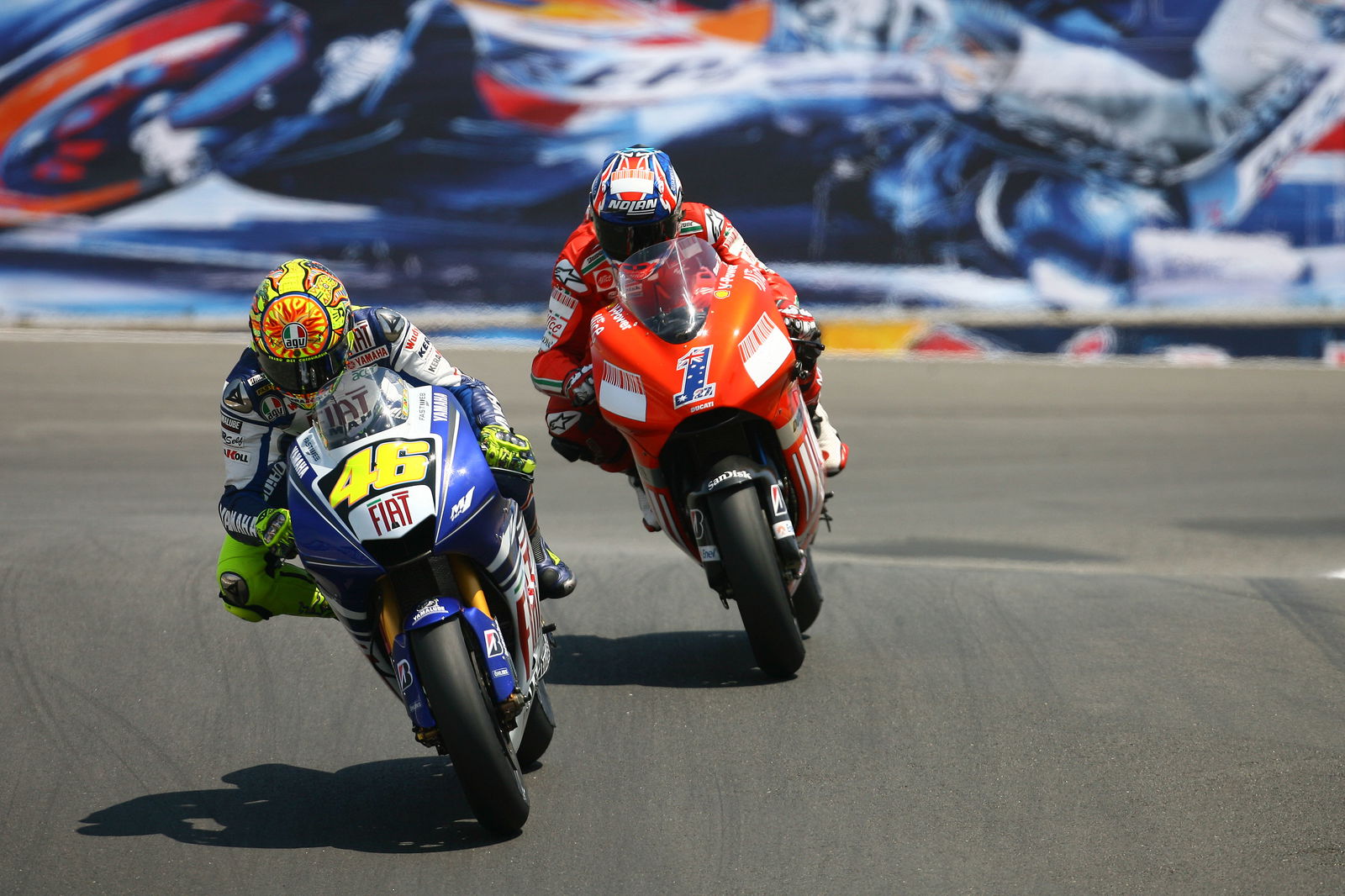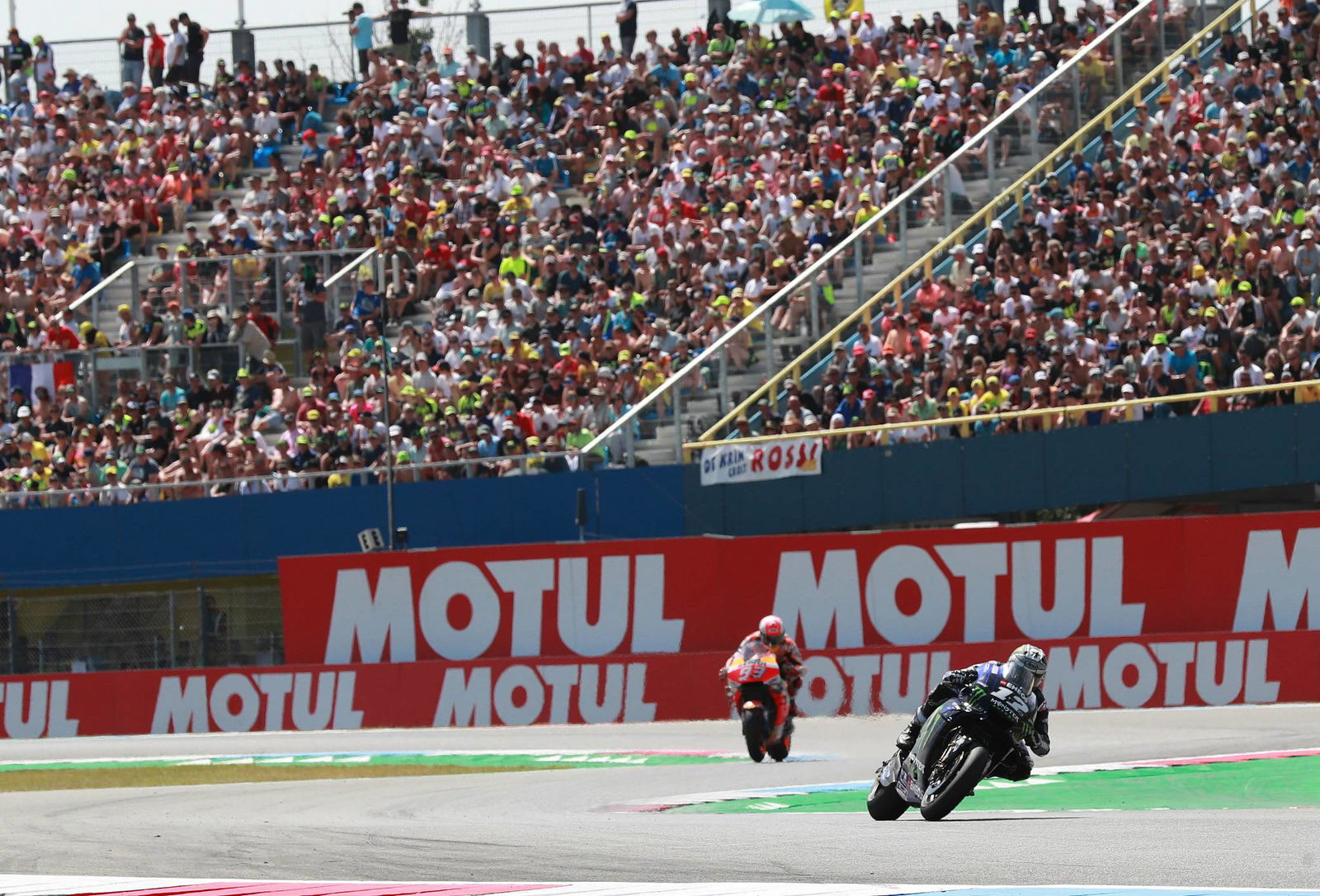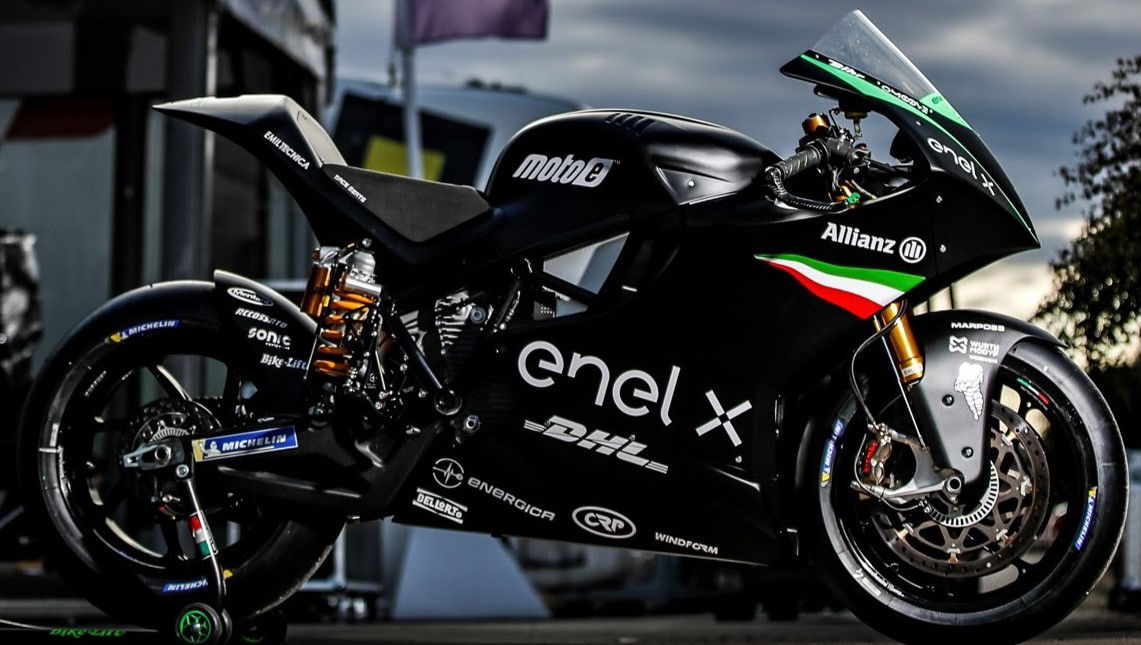Tracks that should be on the MotoGP calendar
With the 2020 MotoGP season delayed during the coronavirus crisis, the race calendar is set to undergo a major reshuffle.
But during this suspension and with time to reflect, Crash.net considers which circuits from both MotoGP’s past and possible future could help shape a stunning world championship campaign alongside the existing calendar fixtures if there were no restrictions in the way.
Portimao

With the 2020 MotoGP season delayed during the coronavirus crisis, the race calendar is set to undergo a major reshuffle.
But during this suspension and with time to reflect, Crash.net considers which circuits from both MotoGP’s past and possible future could help shape a stunning world championship campaign alongside the existing calendar fixtures if there were no restrictions in the way.
Portimao
Of all the venues on this hypothetical list, this circuit is the most likely to become a reality for MotoGP given circuit officials are already in talks with Dorna, while provisional plans are taking shape to see the circuits across the Iberian peninsula share calendar slots over a five-year period – guaranteeing each circuit three races in that timeframe.
The Portuguese circuit holds top grade licences from both the FIA and FIM as it looks to restore itself as a venue for premier class motorsport.
Constructed in 2008, the motorcycle layout of 4.658km offers a rollercoaster-style ride which remains incredibly popular since returning to the World Superbike championship calendar in 2017.
With its extensive hotel complex, close proximity to an international airport and suitable climate, the Algarve track has often been a favourable venue for both racing and testing, while it also offers up a new Grand Prix venue for the sport given its history in the country has stuck exclusively to Estoril.
The circuit also provides undulating straights and corners which on the current MotoGP calendar are in short supply, therefore providing both riders and teams new challenges.
Bathurst
Another circuit which offers plenty of climbs and drops is Australia’s iconic Mount Panorama Circuit in Bathurst, and while it still remains a popular venue for closed cockpit car racing, it was originally created for motorcycle racing in the 1930s.
Largely unaltered since then, the Mount Panorama circuit is a public roads course 6.213km long with a 174-metre difference between its highest and lowest points to provide a stunning backdrop.
Across the 1970s and 1980s Bathurst remained a key fixture on the racing calendar over Easter weekends each year to enjoy the last of the Australian autumn sunshine, which gained comparisons to the Isle of Man TT pitting a variety of motorcycle productions against each other.
A number of famous riders have also competed at Bathurst, either as legends of the sport or youngsters cutting their teeth, including a certain Mick Doohan who won the 1988 1000cc Australian Grand Prix held in a TT format which helped lead him to the world championship Grand Prix arena the year after.
With the tight and twisty road section at the top of the mountain posing a particularly high safety hurdle, the circuit is unlikely to be welcoming the MotoGP paddock anytime soon, but the raw speed and sights would make Bathurst a spectacular venue.

Laguna Seca
A circuit with a relatively short MotoGP record but it remains home to arguably the most famous overtakes in the sport’s history.
Having hosted the 500cc and 250cc classes between 1988 to 1991, before briefly accommodating the full paddock in 1993 and 1994, MotoGP returned with the premier class only from 2005 to 2013.
From Nicky Hayden’s maiden MotoGP victory to Valentino Rossi vs Casey Stoner in 2008 featuring the iconic Corkscrew overtake, Laguna Seca’s final Grand Prix saw Marc Marquez pull off a Rossi-style Corkscrew move but this time on the Italian himself.
Back in 2013 it was one of three MotoGP venues in the United States alongside the new Circuit of the Americas and Indianapolis Motor Speedway meaning the stateside fixtures had become oversaturated, while safety concerns also grew at Laguna Seca.
But with The Brickyard no longer a stop-off point on the MotoGP calendar and COTA receiving mixed reviews at best from the riders, Laguna Seca would be a popular inclusion on the calendar for all involved thanks to its stunning high-speed sections punctuated by the tighter corner complexes and iconic Corkscrew drop.
Spa-Francorchamps
30 years ago, Spa-Fracorchamps was an almost ever-present circuit on the motorcycle Grand Prix calendar stretching all the way back to 1921.
But during a calendar fallout in 1990, Spa-Francorchamps was lost to Grand Prix racing as its deal coincided with falling attendances while Formula 1’s Belgian GP at the same venue remained very popular.
Once again, safety concerns have halted any hopes of MotoGP returning to the track, while it also does not have a sufficient FIM circuit licence, but discussions on track improvements have begun to give light towards a potential MotoGP comeback. Last year it was also reported Spa’s local government is willing to financially back a move to see MotoGP return to the Belgian track from 2024.
While many of the circuits MotoGP currently shares with F1 have lost popularity over the years, on paper Spa actually suits two-wheels with its combination of fast, flowing and undulating layout offering sections of track which would play to the different strengths of each manufacturer.
Salzburgring
While MotoGP’s return to Austria has been a welcomed addition on the current calendar at the revamped Red Bull Ring, many still dream of heading back to another of the classic Grand Prix venues.
The Salzburgring happily hosted 24 Grand Prix weekends between 1971 and 1994 and became an all-time favourite thanks to its old-school layout deep into the Austrian forests.
With rapid straights connected by high speed chicanes and banked bends, Barry Sheene described it as like “threading a motorcycle through the eye of a needle at 180mph” all while battling for position in between the armco barriers.
While the circuit remains in use, mainly for four-wheel motorsport, the 4.225km track has somewhat fallen by the wayside with the big money-backed Red Bull Ring taking its place as the home of the Austrian GP by offering its own version of high-speed wheel-to-wheel action.
With a nod also going to the Isle of Man’s TT course and Monza as classic circuits which could be included in a fantasy MotoGP race calendar, which tracks do you wish were on the current calendar?

